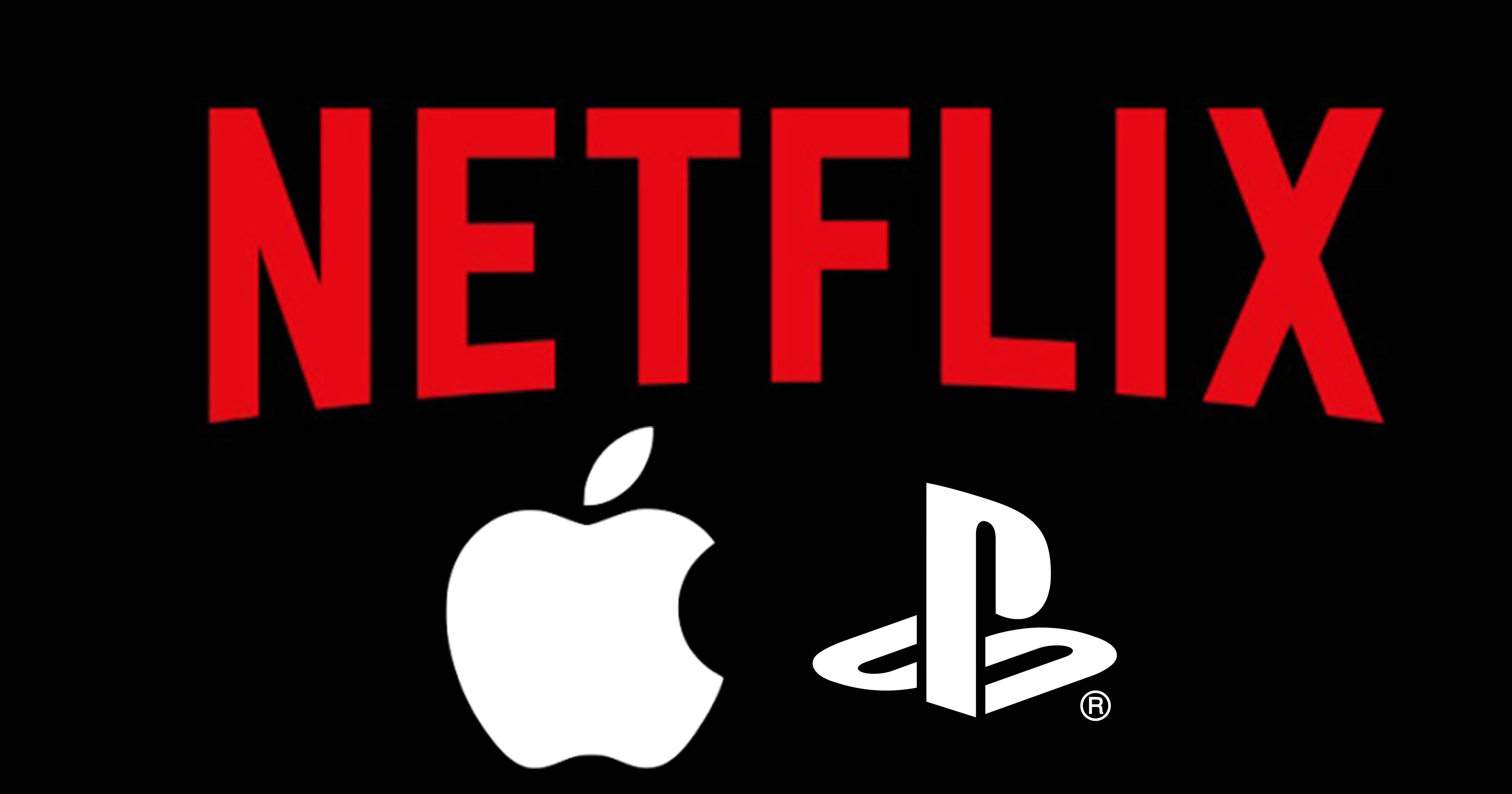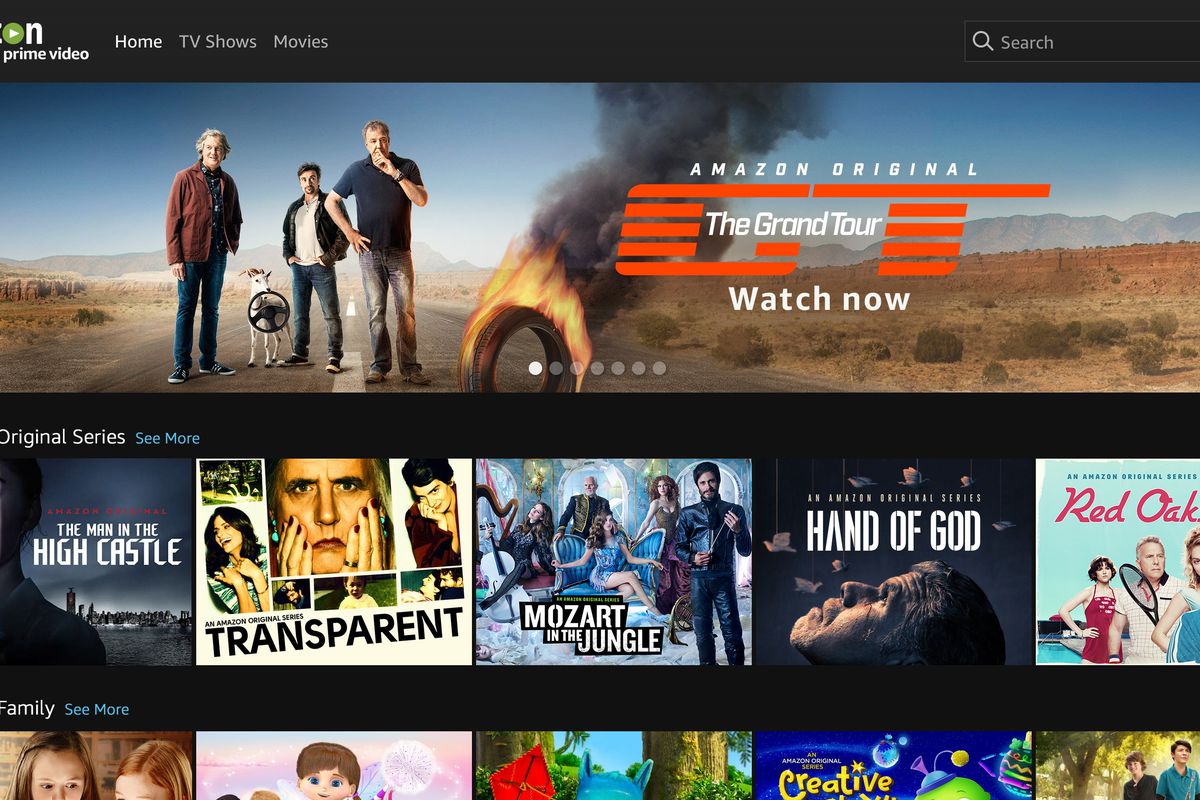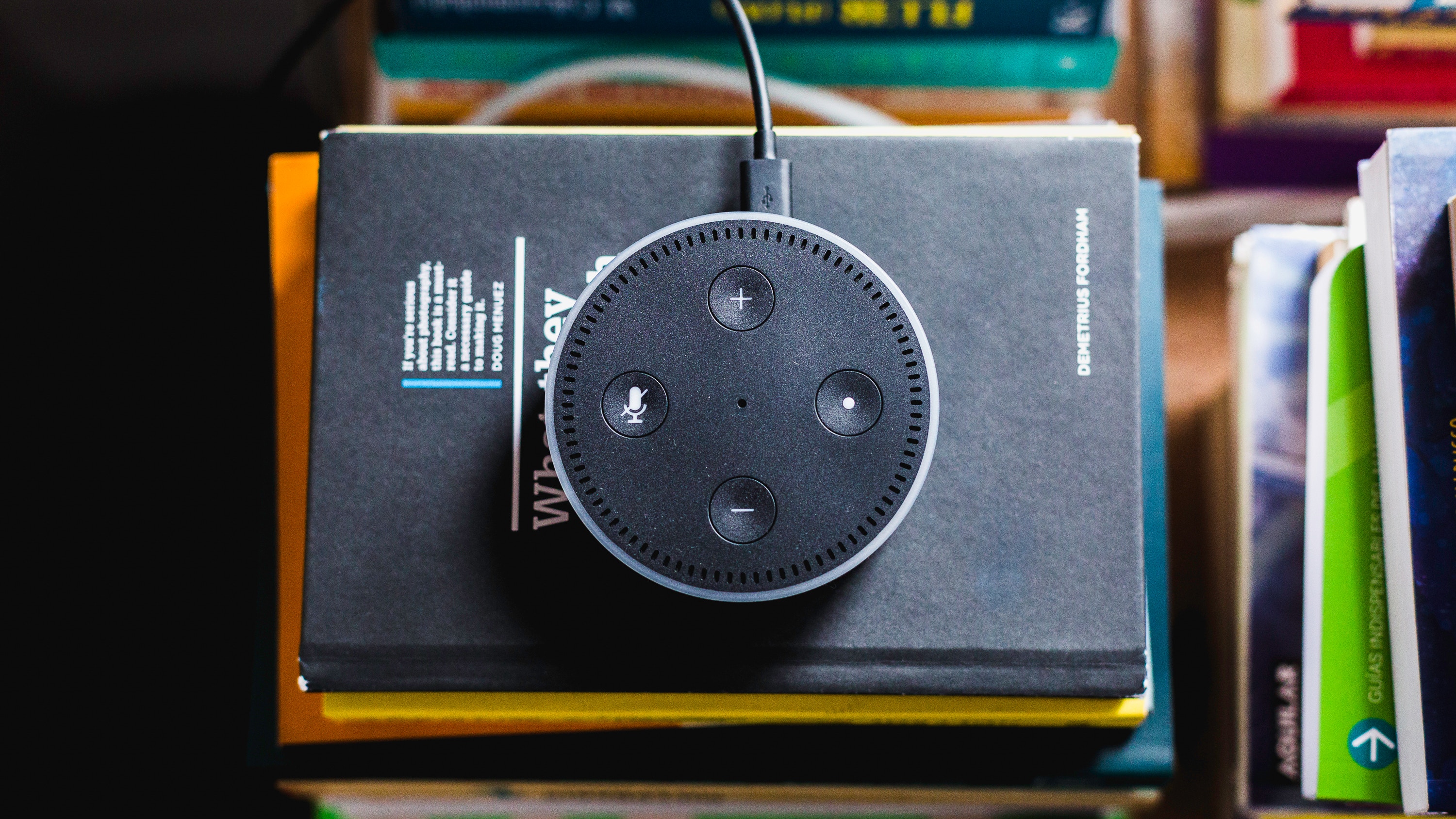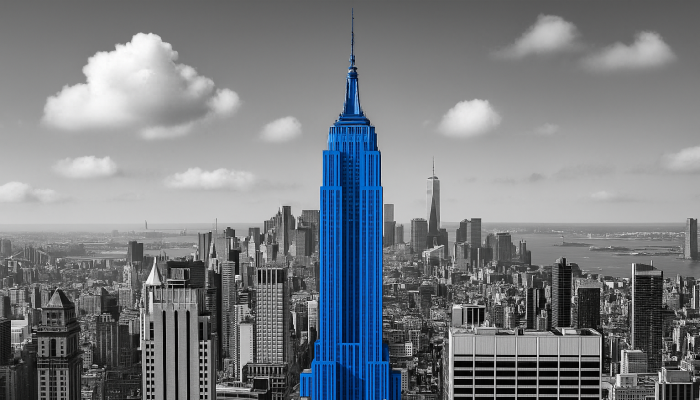Toward the end of 2017, the Hubble telescope detected a far-off galaxy cluster called Abell 2537.
Inside the cluster were thousands of galaxies of all ages, shapes and sizes, together totalling a mass thousands of times greater than that of the Milky Way. What shocked scientists was not the thousands of galaxies inside, but the impact that its collective mass had on its surroundings. What Hubble detected that day was a visible bending of spacetime, a gravitational force so strong that it warped the structure of its surrounding environment.
A new centre of gravity.
We don’t have to travel as far as space to witness a transformational shift such as Abell.
We’re experiencing one right here on Earth, up close and personal: the unstoppable rise of Amazon.
Retail has seen its fair share of disruption in the past few years. In 2008, amid the financial meltdown, an all-time high of 6,163 stores shut their doors, in 2017 this record was surpassed.
It’s therefore no wonder that few traditional players – only John Lewis (#21), and IKEA (#37) – make Prophet’s Brand Relevance Index top 50 in the UK. Riding high in the prime spots are the tech giants and digital-native brands like Apple (#1), Google (#2), Spotify (#5), Netflix (#6) and PlayStation (#9), who all enjoy the power of direct, online relationships with their consumers.

But Amazon (#10) is a special story and one that merits a closer look
Not only is it a brand that defies categories – today 44% of people go direct to Amazon rather than Google for web searches – but it also accounts for nearly half of all online sales.
What’s more, its market cap is more than all major brick-and-mortar retailers combined.
What was once an online bookselling site is now one of the world’s biggest retail giants. It is also a rising entertainment powerhouse, fashion trend-setter and burgeoning tech hardware heavyweight.
A force with which all industries, not just retail, are reckoning, bending and reshaping the norm as it grows more powerful each year.

How has it created this new centre of gravity?
Amazon’s relentless relevance is driven on two, parallel fronts: excellence within its core, and increasingly, and innovation beyond its core.
At its core, Amazon is a logistics and e-commerce company. As Benedict Evans, the famous venture capitalist, aptly said: "the machine that makes the machine is just as important as the machine itself.”
Above the core business of logistics and e-commerce are "hundreds of small, decentralised, atomised teams sitting on top of standardised common internal systems.” Though the organisational design fetches far fewer headlines than Alexa, it’s still the core asset and differentiator that enables Amazon to scale and experiment the way it does — quickly and cost effectively, all the while managing a physical footprint of twice as many fulfilment centres as the rest of the entire retail industry combined. It has shattered the retail category by collapsing the speed, and ease with which, you shop and receive.
Goodbye Greenwich Mean Time (GMT), hello Amazon Me Time (AMT — one click, next day delivery — is no longer just an Amazon Prime standard, it’s an experience standard by which all companies are now judged.
But even Amazon’s standard commerce offerings have begun to extend beyond the core. On December 30, 2017, Amazon experienced the biggest streaming day of the year around the world for Prime Video.
It’s no accident — last year, Amazon spent over $4.5 billion on original content. Why? Because it knows TV shows get you to buy Prime, and Prime gets you to buy…toilet paper, an omelette maker and back massage tool. With millions of Prime users buying goods from Amazon, as opposed to Tesco or elsewhere, the business has a customer lifetime value that easily merits a $4.5 billion TV acquisition budget, not the other way around.
Beyond Prime, we see further extensions of the Amazon ecosystem taking hold. From its forays into tech hardware – the best-selling Alexa Echo – to its growing ad business, which is projected to earn $1.65 billion annually this year, and its $14 billion acquisition of Whole Foods, Amazon’s “core” business now has a whole new meaning.

It won’t stop here
Headlines are being made with in-market launches but we’re also seeing Amazon quietly lay the foundation for its ever-expanding world domination.
Look no further than its patent count: in 2017 it rose by 46%, the single biggest gainer in terms of number of utility patents filed with the U.S. Patent and Trademarks Office (USPTO), hitting 1,662 patents including everything from underwater storage to floating warehouses, pocket-sized drones, and price comparison software.
Sure, it pales in comparison to IBM (8,088) and Samsung (5,518), but when you consider that the company started in 2010 with ~550 patent families worth €130 million, today’s patent repository of over 4,000 patent families worth €1.2 billion creates jaw-dropping possibilities for what’s to come.
Amazon has become a centre of gravity in its own right, driven by operational excellence that enables a record-breaking pace for innovation. Few in the Prophet Brand Relevance Index top 50 can compare. So who can stall its inexorable rise?
The coming months will decide this. Watch this space.
By Samantha Papadakis, Engagement Manager at Prophet



